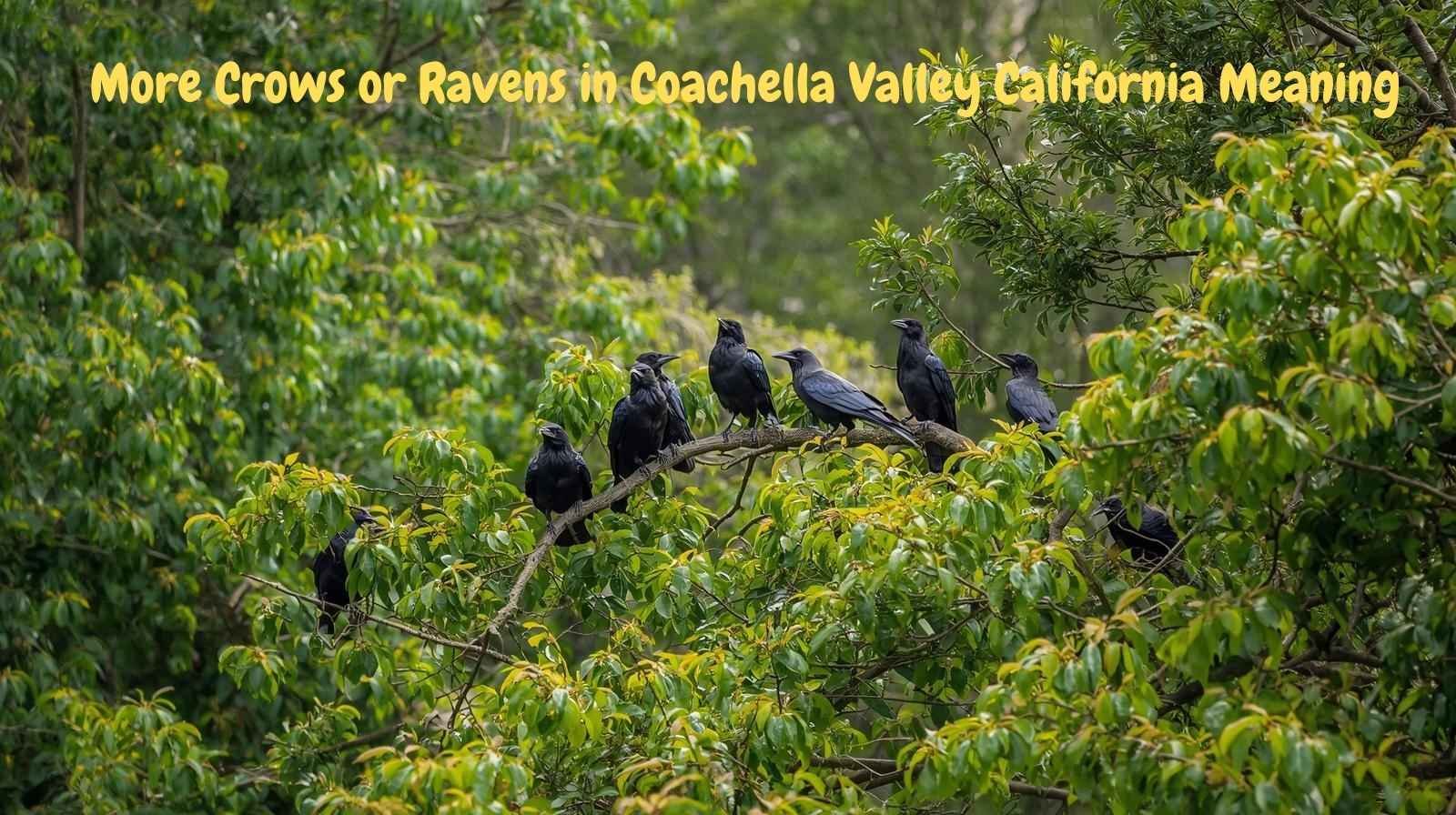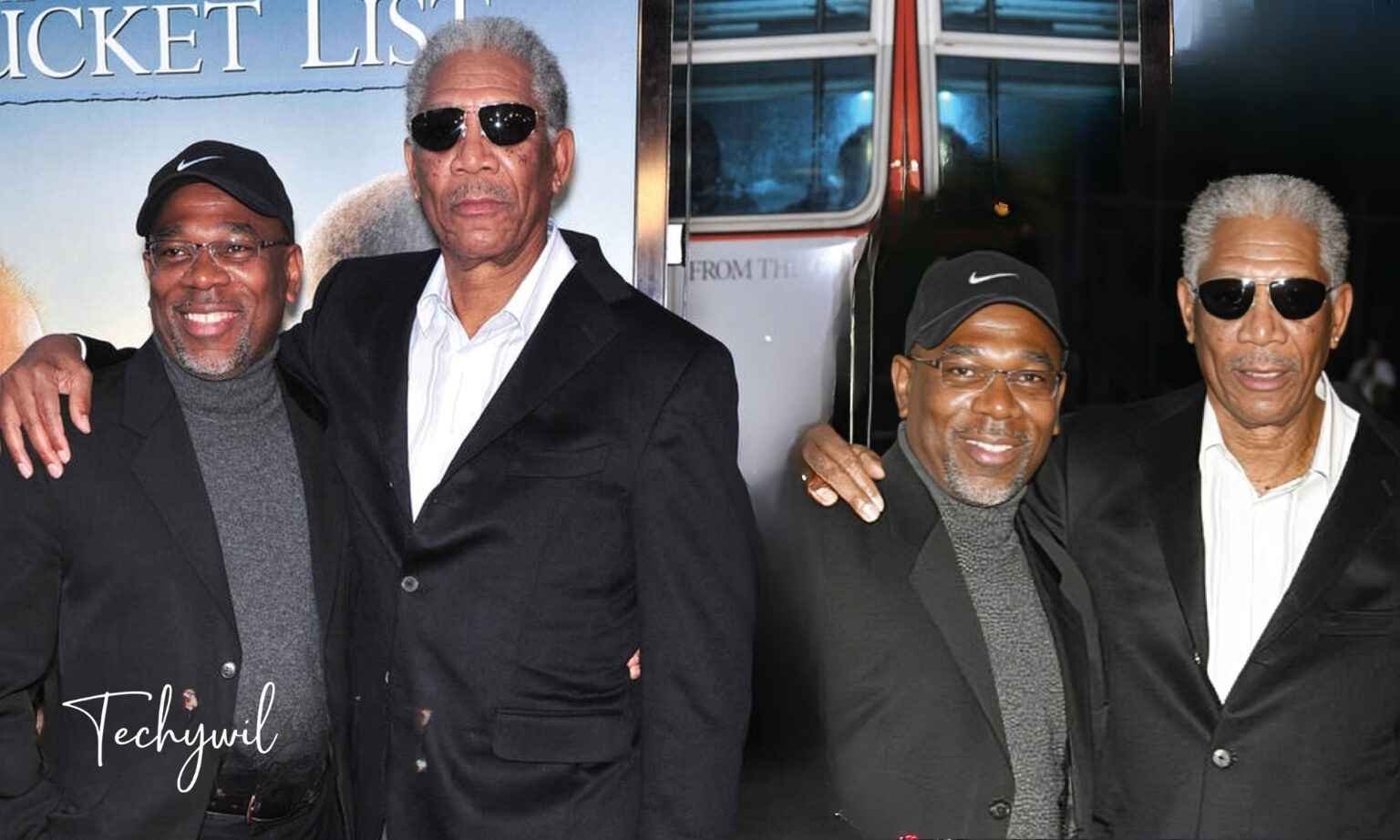Introduction
Lately, I can’t help but notice the skies over Coachella Valley look busier—and darker—than they used to. Not because of the weather (the desert’s as sunny as ever), but because of all the crows and ravens hanging around. You’ll see them on telephone poles, strutting across parking lots, or swirling above the desert at sunset. And honestly, it’s hard not to wonder: why so many, and what does it mean?
Birds have always carried layers of meaning. For some, they’re omens. For others, they’re just noisy neighbors. But in a place like Coachella Valley—where life is already full of contrast—the rising numbers of these black-feathered birds spark both curiosity and concern. Are they simply scavengers cashing in on our leftovers, or is there a deeper message in their sudden popularity?
Why So Many Crows and Ravens Now?
A Desert Rewritten by People
Here’s the short version: these birds are smart, and we’ve made life easy for them. The Coachella Valley used to be mostly unforgiving desert. Now, it’s a patchwork of golf courses, farms, resorts, and suburbs. All that green grass and irrigation attracts bugs, rodents, and food scraps. And who’s better at taking advantage of that buffet than crows and ravens?
Think about it: trash cans behind a strip mall, half-eaten burgers near a festival, irrigation pipes creating puddles in the sand. That’s a five-star hotel if you’re a crow.
The Numbers Back It Up
It’s not just your imagination. Raven populations in California deserts have exploded—researchers have reported increases of more than 700% since the 1960s. Coachella Valley has seen the same trend. What was once rare is now everyday. So when we ask about the “meaning,” part of the answer is simply this: we’ve built a desert that works for them.
How to Tell Them Apart
I’ll admit, I used to lump them all together. Big black bird = crow, right? Not exactly. Once you learn the differences, you’ll start spotting them right away.
| Feature | Crow | Raven |
|---|---|---|
| Size | Medium, about 17 inches | Larger, about 24 inches |
| Tail shape | Fan-like | Wedge-shaped |
| Call | Sharp “caw” | Deep, throaty “kraa” |
| Personality | Social, flock together | More solitary, often in pairs |
Quick tip: if you hear a deep, almost echoing croak—yeah, that’s a raven. If it’s a sharp, nagging “caw,” that’s a crow.
What Do They Mean?
Symbolism That Sticks
Crows and ravens have always carried bigger reputations than just “bird.”
- Crows: In Native American stories, they’re clever shapeshifters, often representing change or adaptability. They’re survivors, no matter what.
- Ravens: Across cultures—from Norse mythology to Navajo traditions—ravens symbolize wisdom, mystery, even prophecy. They’re often painted as guides between worlds.
The Desert Twist
Here in Coachella Valley, their meaning feels even sharper. The valley itself is a land of opposites—lush golf courses next to barren sand, booming festivals in the middle of quiet desert nights. Crows and ravens fit right in with that contrast. To some people, they’re protectors. To others, a warning sign that we’re pushing nature too far.
Read more: 185.63.253.2001: Fast & Reliable IP Lookup
The Not-So-Good Side
Trouble for Wildlife
Here’s the part folks don’t always like to hear. More ravens in particular mean trouble for native species. They’ve been known to snack on desert tortoise hatchlings, which are already endangered. A spike in raven numbers makes survival even harder for the tortoise.
A Reflection of Us
The growth in crow and raven numbers is basically a mirror. They thrive because we’ve reshaped the desert—more trash, more water, more infrastructure. Their presence reminds us that every new development has ripple effects we don’t always notice.

A Scene You Might Recognize
Last fall, I was driving through Palm Springs at sunset. The sky was that golden-pink color you only get in the desert. Suddenly, I saw this swirling cloud of black birds—dozens of them, circling together like some kind of dance. For a second, it felt spooky. Then I found myself smiling. It was haunting, yes, but also strangely beautiful.
That’s the thing about crows and ravens. They pull a reaction out of you. Whether it’s fascination, unease, or wonder, they remind you the desert is alive and full of surprises.
What Locals Should Take Away
So, if you keep spotting these birds, what’s the takeaway?
- Ecological Signal – They’re telling us how much our choices shape the desert.
- Spiritual Reminder – Change, wisdom, mystery… take your pick. Their symbolism depends on how you see them.
- Practical Note – Don’t feed them, and keep trash sealed. We make the problem worse when we offer an open buffet.
Crow vs. Raven Meaning Side by Side
| Aspect | Crow | Raven |
|---|---|---|
| Symbolism | Adaptability, change | Wisdom, mystery |
| Social behavior | Big flocks | More solitary |
| Local role | Thrive in towns | Greater impact on wildlife |
Conclusion
So, are there more crows or ravens in Coachella Valley, California? Yep. And the meaning isn’t one simple thing. It’s part ecological reality (they’re thriving because of us), part cultural symbolism (messages of change, wisdom, or warning), and part personal—how they make you feel when they sweep across the desert sky.
Next time you spot one perched on a streetlight or soaring against the San Jacinto peaks, pause for a second. Ask yourself what it says about the desert, about balance, maybe even about your own life. Because whether you view them as tricksters or teachers, these black-feathered birds aren’t just background noise. They’re part of the valley’s story now.
FAQs
Q1: Why are more crows and ravens showing up?
Because human development—golf courses, farms, neighborhoods—creates food, water, and shelter.
Q2: What’s the symbolic meaning of crows and ravens?
Crows symbolize change and survival, while ravens represent wisdom and mystery.
Q3: Do they harm native wildlife?
Yes, especially ravens, which prey on desert tortoise hatchlings.
Q4: Can people reduce their impact?
Definitely—secure trash, don’t feed them, and support conservation.
Q5: Which one is more common in Coachella Valley?
Both are present, but raven populations in California deserts have soared in recent decades.
Thanks for Visit Techywil











